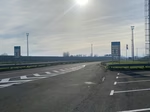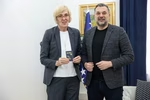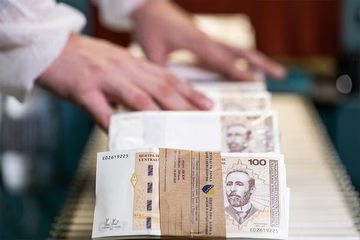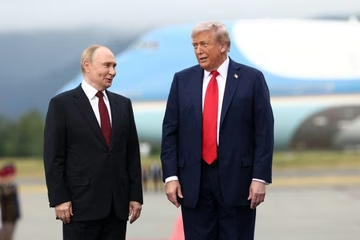Twenty-fifth anniversary of the Sarajevo war tunnel
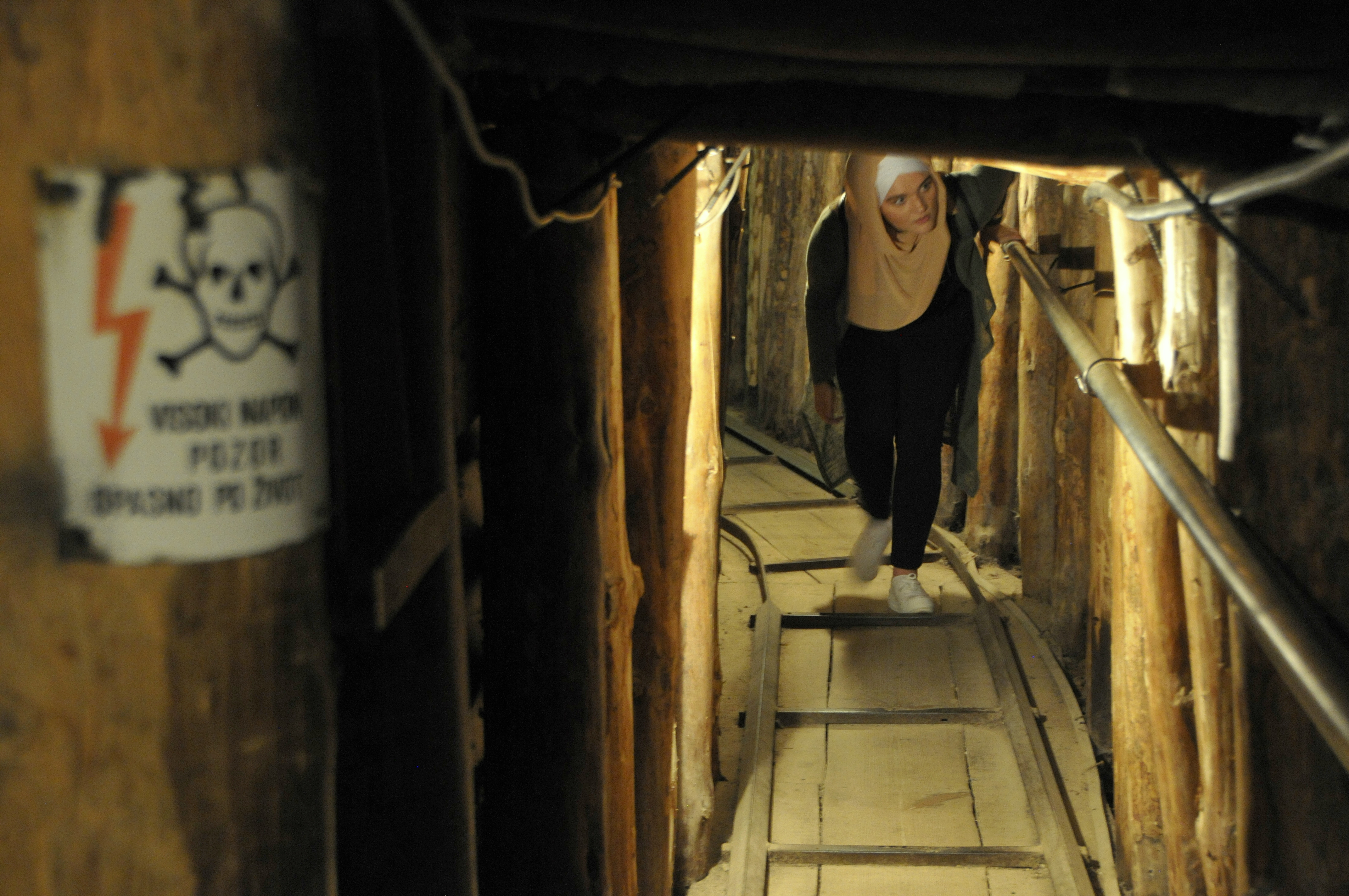
The twenty-fifth anniversary of the Sarajevo war tunnel's excavation and commissioning was marked on Tuesday, at the "Tunnel D-B" monument complex. On this occasion, Sarajevo Canton's Veterans' Affairs Minister Muharem Fiso laid flowers at the monument and spoke of the tunnel's significance for Sarajevo, during the 1992-1995 war in Bosnia.
Oglas
"Once again, we thank the builders of this salvation tunnel, which had saved our city and the country. We must admit we didn't honour the hard-working builders and architects of the 'Tunnel D-B,' enough," the minister said. "They have exceeded all expectations and performed their task completely."
Fiso thanked members of the Hadzici and Ilidza Civil Protection Agency units and all the brigades of the Army of the Republic of Bosnia and Herzegovina (RBiH) as well as the Interior Ministry of the RBiH who protected and kept the tunnel functioning normally after its excavation.
"We're doing everything to preserve this project which reminds us of the siege of Sarajevo and the aggression on Bosnia in our memories and we will enrich its content for future tourists," Fiso said.
Oglas
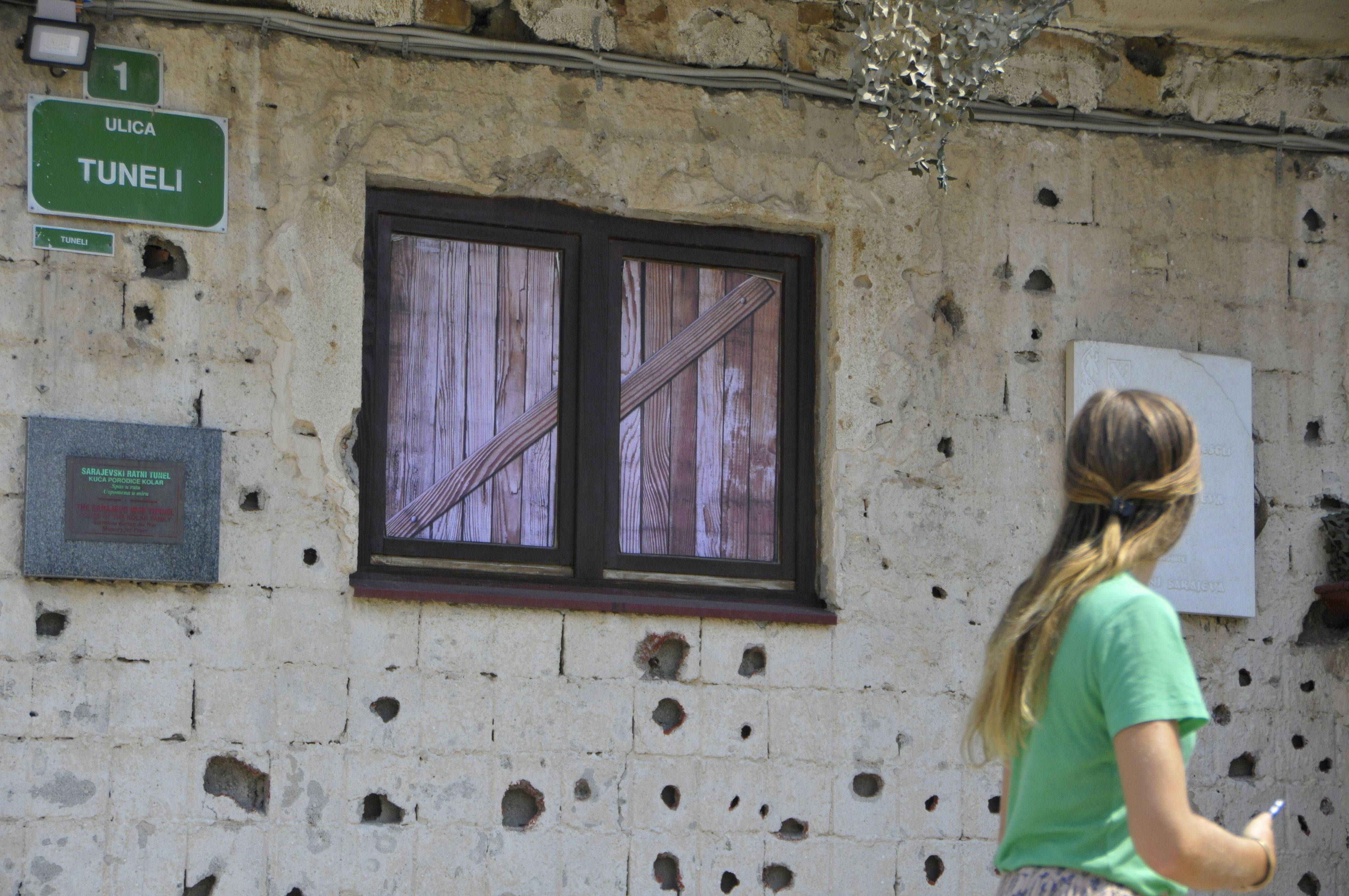

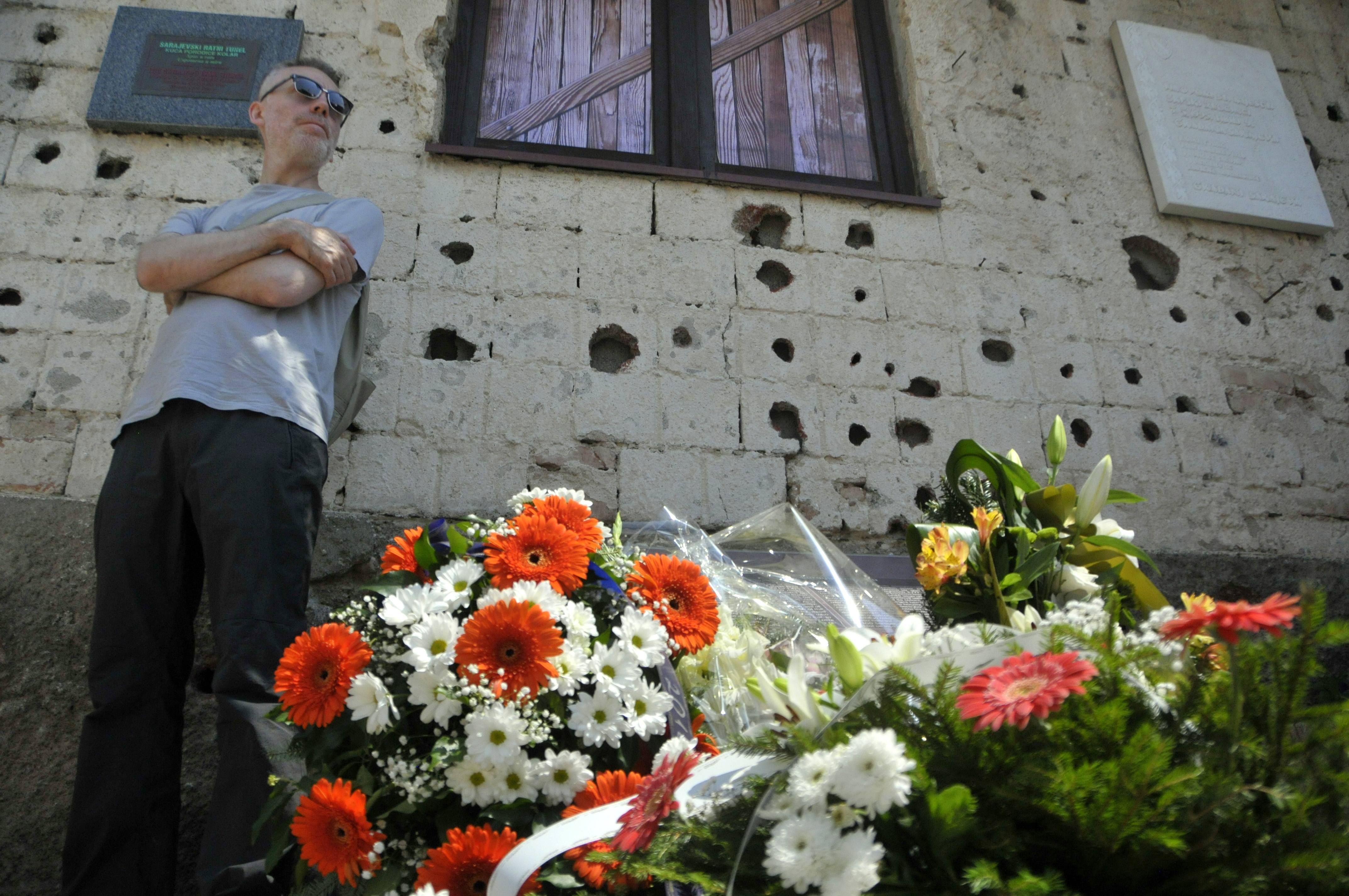

Anadolija | Anadolija
Više
Anadolija | Anadolija
Više
Anadolija | Anadolija
Više
Anadolija | Anadolija
Više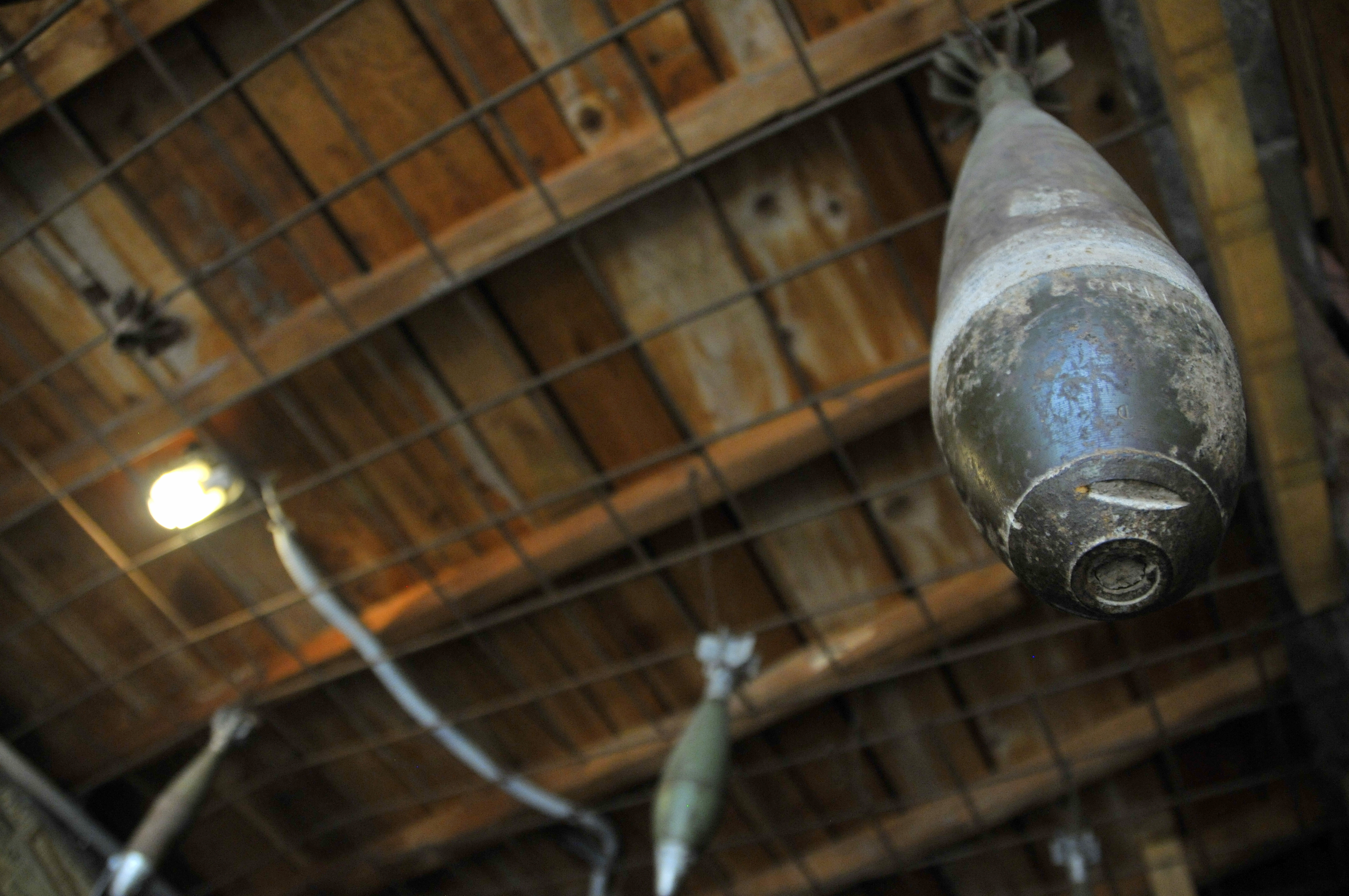
Anadolija | Anadolija
Više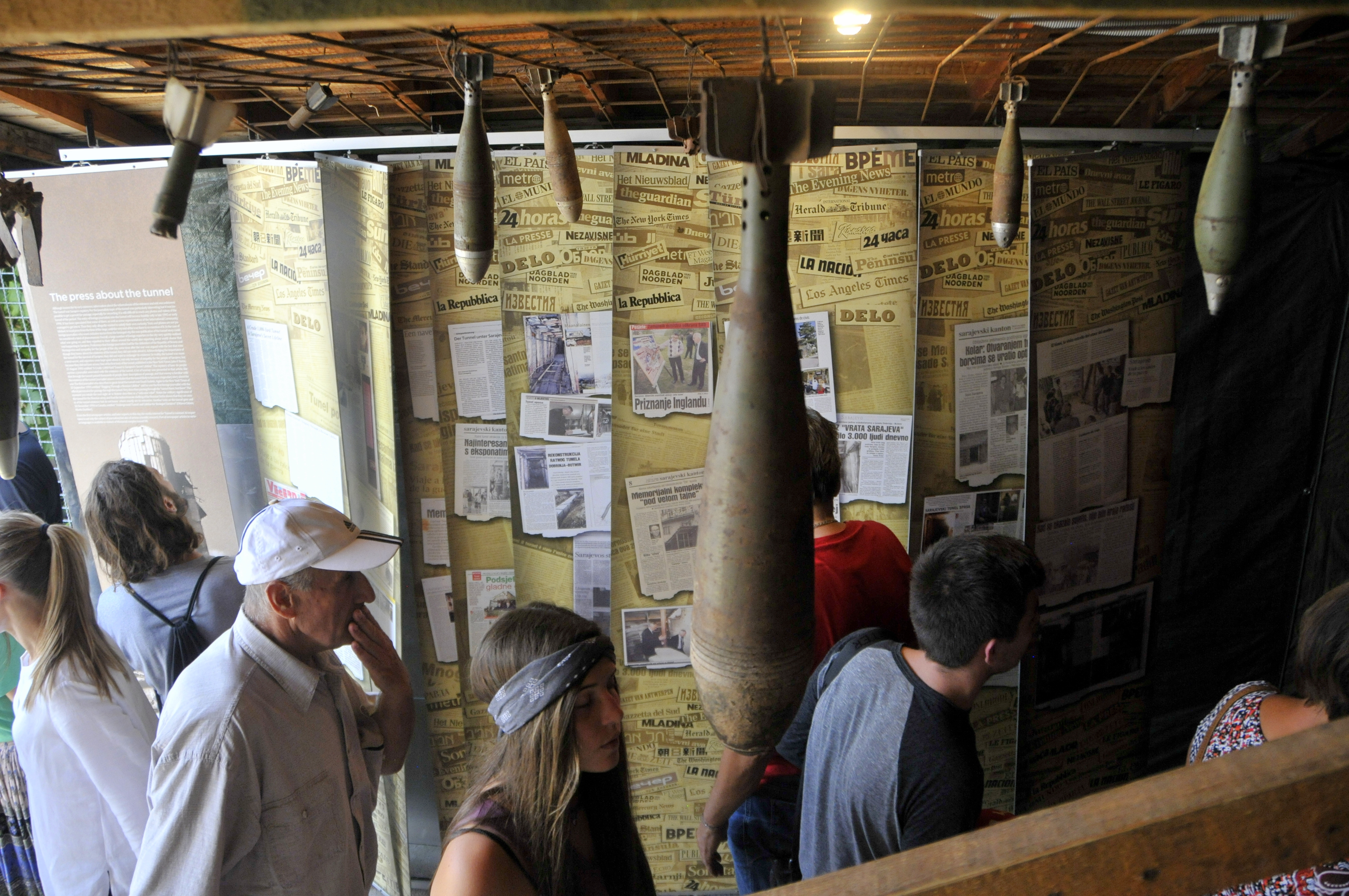
Anadolija | Anadolija
Više
Anadolija | Anadolija
Više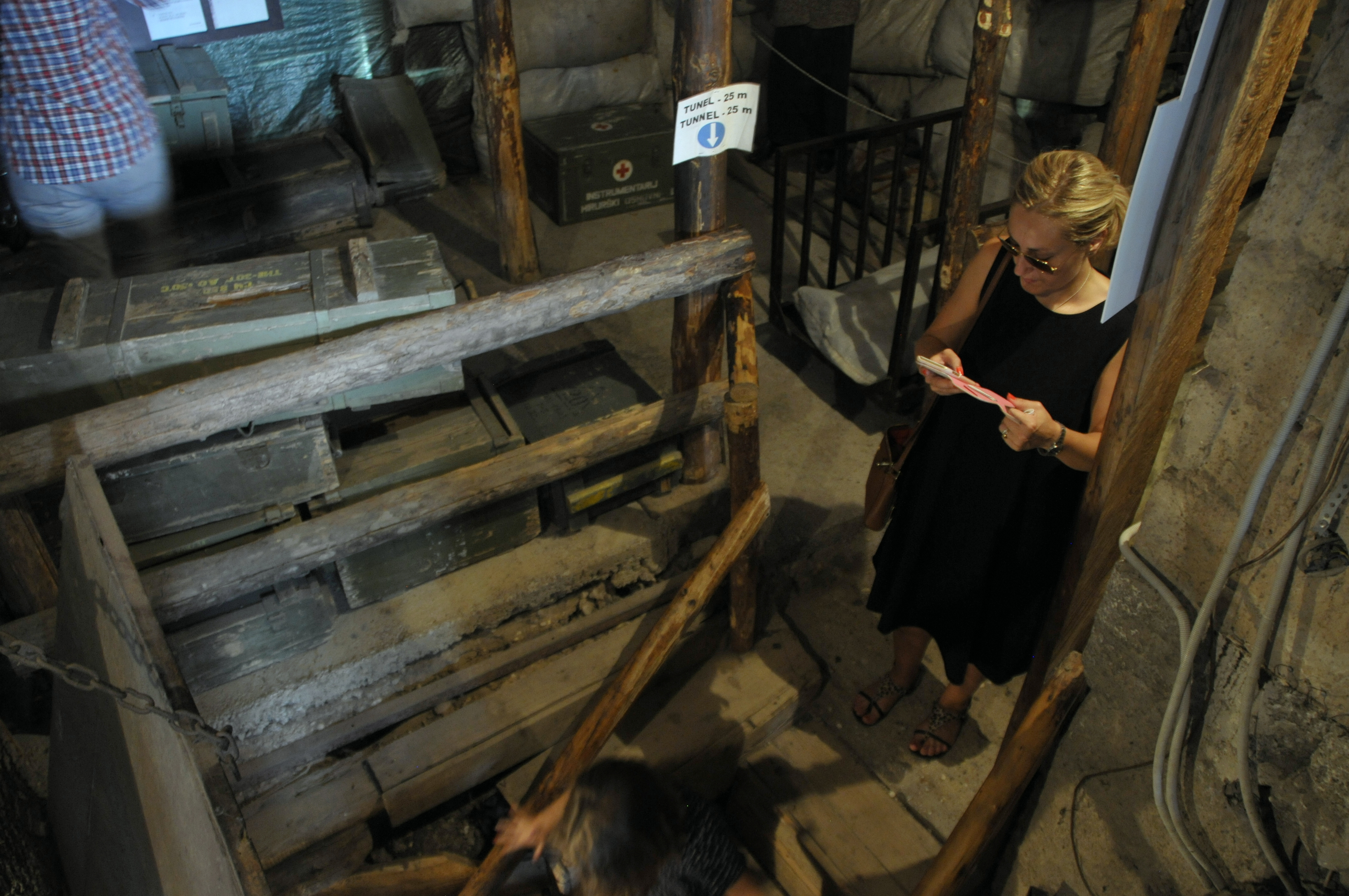
Anadolija | Anadolija
Više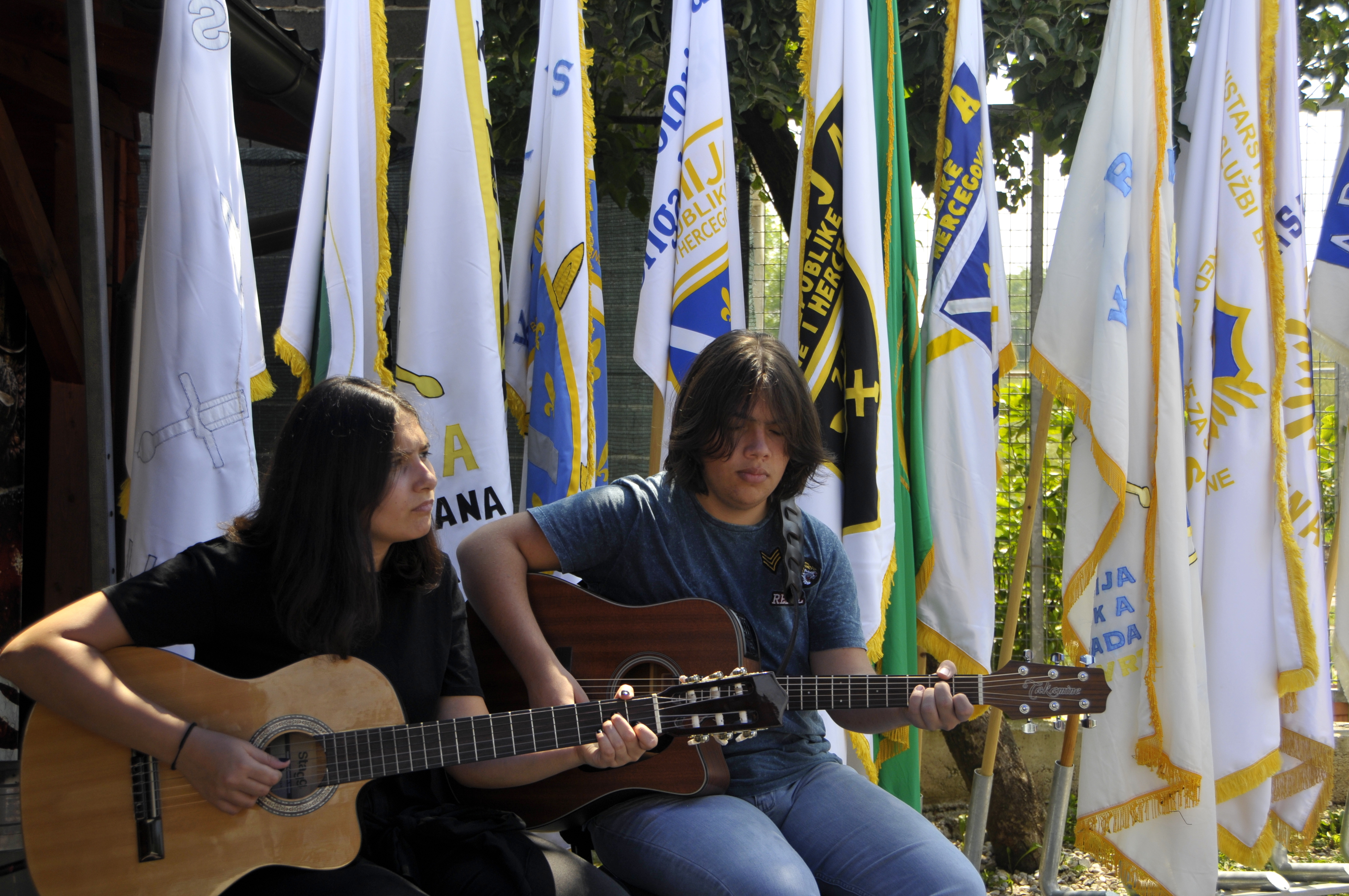
Anadolija | Anadolija
Više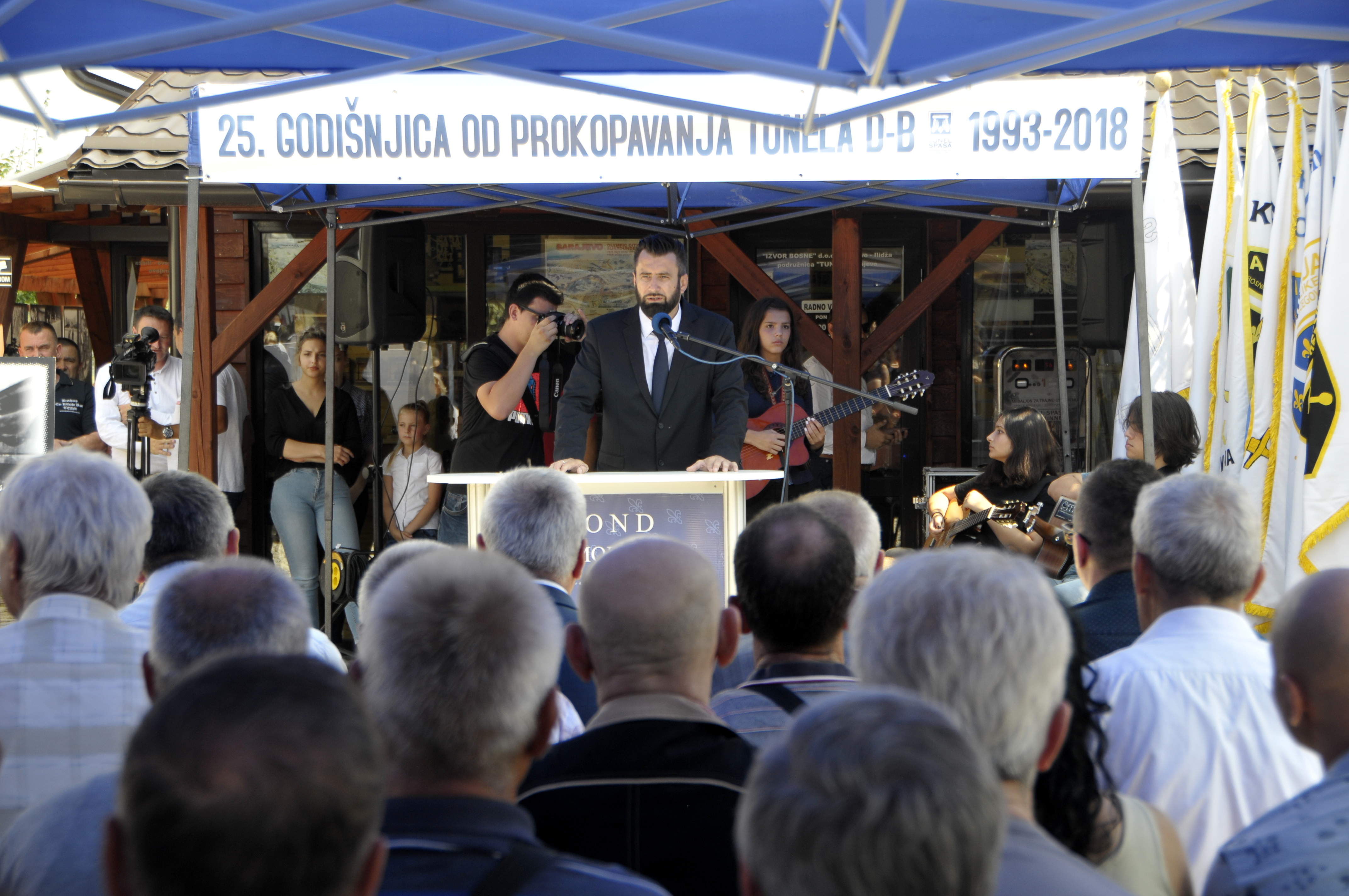
Anadolija | Anadolija
Više
Anadolija | Anadolija
Više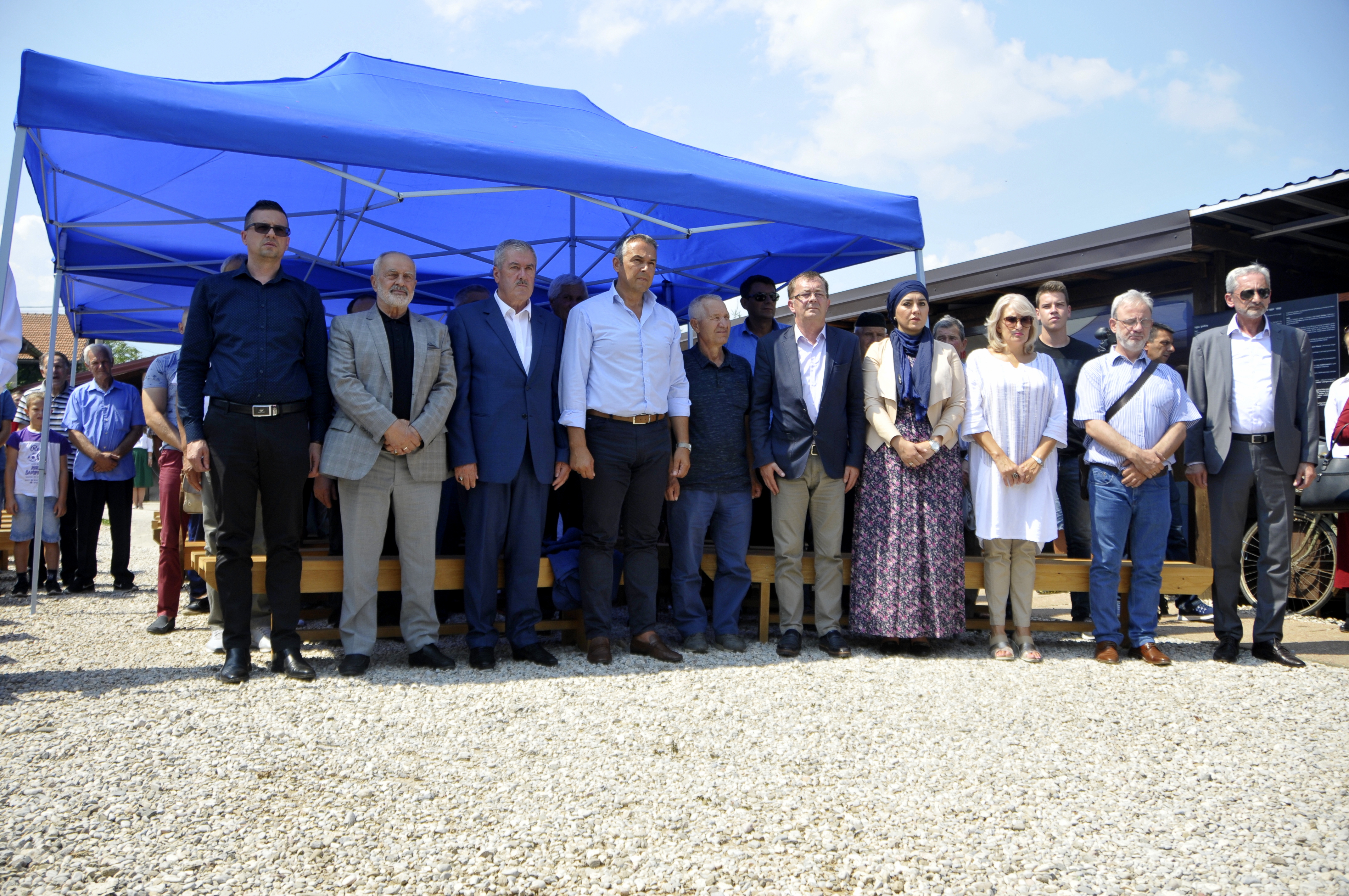
Anadolija | Anadolija
Više
Anadolija | Anadolija
VišeAn exhibition titled "War-time salvation, peace-time memory" was also opened along with a presentation of an audio-guide of the "Tunnel D-B" memorial complex in the German language. Memorial Centre in Kovaci, Sarajevo, will also host an international expert symposium with eminent guests from the world of architecture, construction and museology on the topic “The Role of the Design in the Process of Commemoration.”
The tunnel is also known as the Tunnel of Hope. It is an underground tunnel constructed between March and June 1993 during the Siege of Sarajevo in the midst of the Bosnian War (1992-1995). It was built by the Bosnian Army in order to link the city of Sarajevo, which was entirely cut off by Serb forces, with the Bosnian-held territory on the other side of the Sarajevo Airport, an area controlled by the United Nations. The tunnel linked the Sarajevo neighbourhoods of Dobrinja and Butmir (that's why it's called "Tunnel D-B"), allowing food, war supplies, and humanitarian aid to come into the city, people to get out of the city.
Kakvo je tvoje mišljenje o ovome?
Učestvuj u diskusiji ili pročitaj komentare
Oglas
Kakvo je tvoje mišljenje o ovome?
Učestvuj u diskusiji ili pročitaj komentare
Oglas





 Srbija
Srbija
 Hrvatska
Hrvatska
 Slovenija
Slovenija









